Resource Allocation in Wireless Powered IoT System: A Mean Field Stackelberg Game-Based Approach
Abstract
:1. Introduction
- Firstly, we research a wireless powered IoT system, which consists of one hybrid access point (HAP) and sensor nodes. The HAP is both the information collection center and the energy source for the sensor nodes.
- Secondly, a mean field Stackelberg game model is proposed to formulate the resource allocation problem in the proposed IoT system. The Stackelberg game is a one-leader-many-followers Stackelberg game. The HAP is the leader, where the sensor nodes are followers. For the mean field game, we use the energy variations as the system state. The objectives for the sensor nodes are to minimize the transmission cost during the energy transfer and information transmission. The objective for the HAP is to control the power level for energy transfer to minimize its utility.
- Finally, the mean field control for both the sensor nodes and the HAP are given based on dynamic programming and the law of large number. The -Nash equilibriums are also obtained and discussed.
2. Related Works
3. System Model and Problem Formulation
3.1. System Model
3.2. Stackelberg Game Framework
3.3. System State
3.4. Problem Formulation
4. Game Analysis and Implementation Algorithm
4.1. Mean Field Control of Sensor Nodes
4.2. Mean Field Control of HAP
4.3. Mean Field Control Algorithm
| Algorithm 1 Mean field control algorithm for the HAP and sensor nodes. |
|
5. Performance Evaluation
6. Conclusions
Author Contributions
Funding
Acknowledgments
Conflicts of Interest
References
- Lv, T.; Lin, Z.; Huang, P.; Zeng, J. Optimization of the Energy-Efficient Relay-Based massive IoT Network. IEEE IOT J. 2018, 5, 3043–3058. [Google Scholar] [CrossRef]
- Whitmore, A.; Agarwal, A.; Li, X. The Internet of Things—A Survey of Topics and Trends. Inf. Syst. Front. 2015, 17, 261–274. [Google Scholar] [CrossRef]
- Zhong, S.; Wang, X. Energy Allocation and Utilization for Wirelessly Powered IoT Networks. IEEE IOT J. 2018, 5, 2781–2792. [Google Scholar] [CrossRef]
- Sarwesh, P.; Shet, N.S.V.; Chandrasekaran, K. Energy efficient network architecture for IoT applications. In Proceedings of the International Conference on Green Computing and Internet of Things, Noida, India, 8–10 October 2015; pp. 784–789. [Google Scholar]
- Malik, H.; Pervaiz, H.; Alam, M.M.; Moullec, Y.L.; Kuusik, A.; Imran, M.A. Radio Resource Management Scheme in NB-IoT Systems. IEEE Access 2018, 6, 15051–15064. [Google Scholar] [CrossRef]
- Afghan, S.A.; Adila, A.H.; Husi, G. Towards the self-powered Internet of Things (IoT) by energy harvesting: Trends and technologies for green IoT. In Proceedings of the 2nd International Symposium on Small-scale Intelligent Manufacturing Systems (SIMS), Cavan, Ireland, 16–18 April 2018; pp. 1–5. [Google Scholar]
- Sudevalayam, S.; Kulkarni, P. Energy Harvesting Sensor Nodes: Survey and Implications. IEEE Commun. Surv. Tutor. 2011, 13, 443–461. [Google Scholar] [CrossRef] [Green Version]
- Wu, Q.; Chen, W.; Ng, D.W.K.; Schober, R. Spectral and Energy Efficient Wireless Powered IoT Networks: NOMA or TDMA? IEEE Trans. Veh. Technol. 2018, 67, 6663–6667. [Google Scholar] [CrossRef]
- Yanagawa, S.; Shimizu, R.; Hamada, M.; Shimizu, T.; Kuroda, T. Wireless power transfer to stacked modules for IoT sensor nodes. In Proceedings of the International SoC Design Conference (ISOCC), Seoul, Korea, 5–8 November 2017; pp. 59–60. [Google Scholar]
- Bi, S.; Zeng, Y.; Zhang, R. Wireless powered communication networks: An overview. IEEE Wirel. Commun. 2016, 23, 10–18. [Google Scholar] [CrossRef]
- Moon, J.; Basar, T. Linear-quadratic stochastic differential Stackelberg games with a high population of followers. In Proceedings of the IEEE Conference on Decision and Control, Osaka, Japan, 15–18 December 2015; pp. 2270–2275. [Google Scholar]
- Huang, M.; Caines, P.E.; Malhamé, R.P. Large-Population Cost-Coupled LQG Problems with Nonuniform Agents: Individual-Mass Behavior and Decentralized, -Nash Equilibria. IEEE Trans. Autom. Control. 2007, 52, 1560–1571. [Google Scholar] [CrossRef]
- Aziz, M.; Caines, P.E. A Mean Field Game Computational Methodology for Decentralized Cellular Network Optimization. IEEE Trans. Control. Syst. Technol. 2017, 25, 563–576. [Google Scholar] [CrossRef]
- Prawiro, S.Y.; Murti, M.A. Wireless power transfer solution for smart charger with RF energy harvesting in public area. In Proceedings of the 2018 IEEE 4th World Forum on Internet of Things (WF-IoT), Singapore, 5–8 February 2018; pp. 103–106. [Google Scholar]
- Li, S.; Ni, Q.; Sun, Y.; Min, G.; AI-Ruibaye, S. Energy-Efficient Resource Allocation for Industrial Cyber-Physical IoT Systems in 5G Era. IEEE Trans. Ind. Inf. 2018, 14, 2618–2628. [Google Scholar] [CrossRef] [Green Version]
- He, X.; Wang, K.; Huang, H.; Miyazaki, T.; Wang, Y.; Guo, S. Green Resource Allocation based on Deep Reinforcement Learning in Content-Centric IoT. IEEE Trans. Emerg. Top. Comput. 2018, 99, 1. [Google Scholar] [CrossRef]
- Mahapatra, C.; Sheng, Z.; Kamalinejad, P.; Leung, V.C.M.; Mirabbasi, S. Optimal Power control in Green Wireless Sensor Networks with Wireless Energy Harvesting, Wake-up Radio and Transmission control. IEEE Access 2016, 5, 501–518. [Google Scholar] [CrossRef]
- Vamvakas, P.; Tsiropoulou, E.E.; Vomvas, M.; Papavassiliou, S. Adaptive Power Management in Wireless Powered Communication Networks: A User-Centric Approach. In Proceedings of the 38th IEEE Sarnoff Symposium, Newark, NJ, USA, 18–20 September 2017; pp. 1–6. [Google Scholar]
- Wang, M.; Xu, H.; Zhou, X. Cooperative Dynamic Game based Optimal Power Control in Wireless Sensor Network Powered by RF Energy. Sensors 2018, 18, 2393. [Google Scholar] [CrossRef] [PubMed]
- Ju, H.; Zhang, R. Throughput maximization in wireless powered communication networks. IEEE Trans. Wirel Commun. 2014, 13, 418–428. [Google Scholar] [CrossRef]
- Ni, W.; Dong, X. Energy Harvesting Wireless Communications With Energy Cooperation Between Transmitter and Receiver. IEEE Trans. Commun. 2015, 63, 1457–1469. [Google Scholar]
- Wu, Q.; Chen, W.; Ng, D.W.K. User-Centric Energy Efficiency Maximization for Wireless Powered Communications. IEEE Trans. Wirel Commun. 2016, 15, 6898–6912. [Google Scholar] [CrossRef]
- Ejaz, W.; Naeem, M.; Basharat, M. Efficient Wireless Power Transfer in Software-Defined Wireless Sensor Networks. IEEE Sens. J. 2016, 16, 7409–7420. [Google Scholar] [CrossRef]
- Ejaz, W.; Shah, G.A.; Hasan, N.U. Energy and throughput efficient cooperative spectrum sensing in cognitive radio sensor networks. Emerg. Telecommun. Technol. 2015, 26, 1019–1030. [Google Scholar] [CrossRef]
- Cacciapuoti, A.S.; Caleffi, M.; Marino, F. Mobile Smart Grids: Exploiting the TV White Space in Urban Scenarios. IEEE Access 2017, 4, 7199–7211. [Google Scholar] [CrossRef]
- Tsiropoulou, E.E.; Mitsis, G.; Papavassiliou, S. Interest-aware Energy Collection & Resource Management in Machine to Machine Communications. Ad Hoc Netw. 2018, 68, 48–57. [Google Scholar]
- Zhang, S.; Wu, Q.; Xu, S. Fundamental Green Tradeoffs: Progresses, Challenges, and Impacts on 5G Networks. IEEE Commun. Surv. Tutor. 2017, 19, 33–56. [Google Scholar] [CrossRef]
- Wu, Q.; Li, G.Y.; Chen, W. An Overview of Sustainable Green 5G Networks. IEEE Wirel. Commun. 2017, 24, 72–80. [Google Scholar] [CrossRef] [Green Version]
- Sara, C.A.; Marcello, C.; Luigi, P. On the Probabilistic Deployment of Smart Grid Networks in TV White Space. Sensors 2016, 16, 671. [Google Scholar] [Green Version]

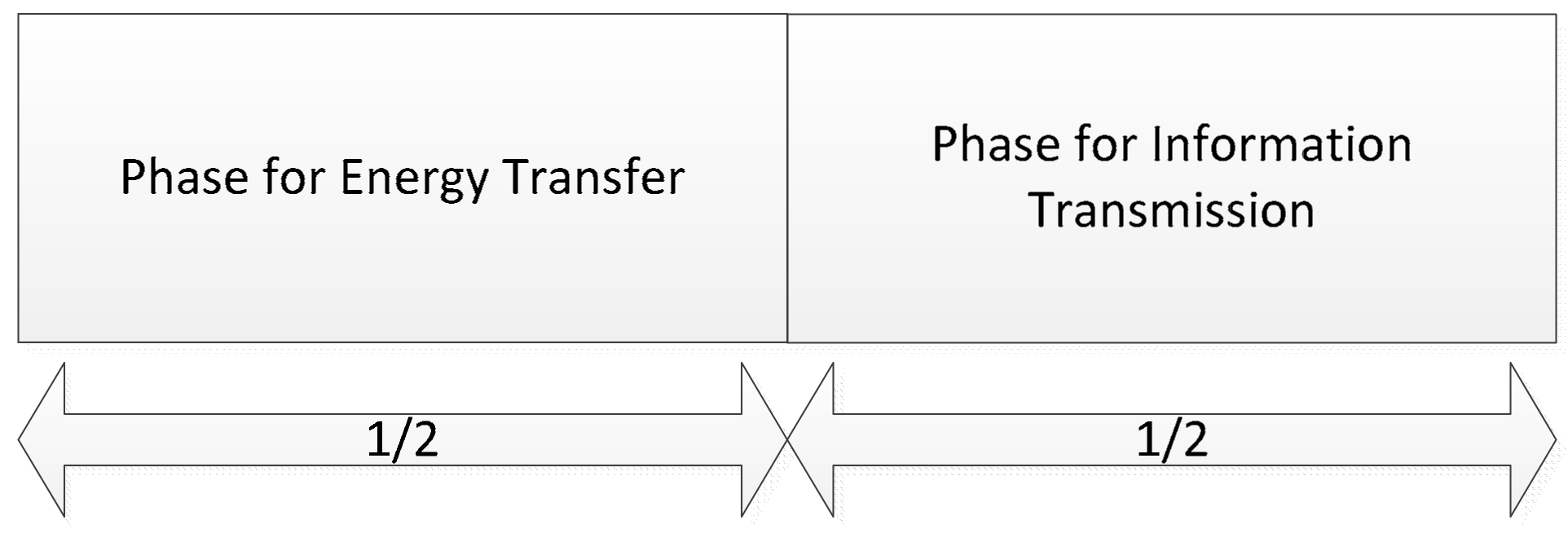


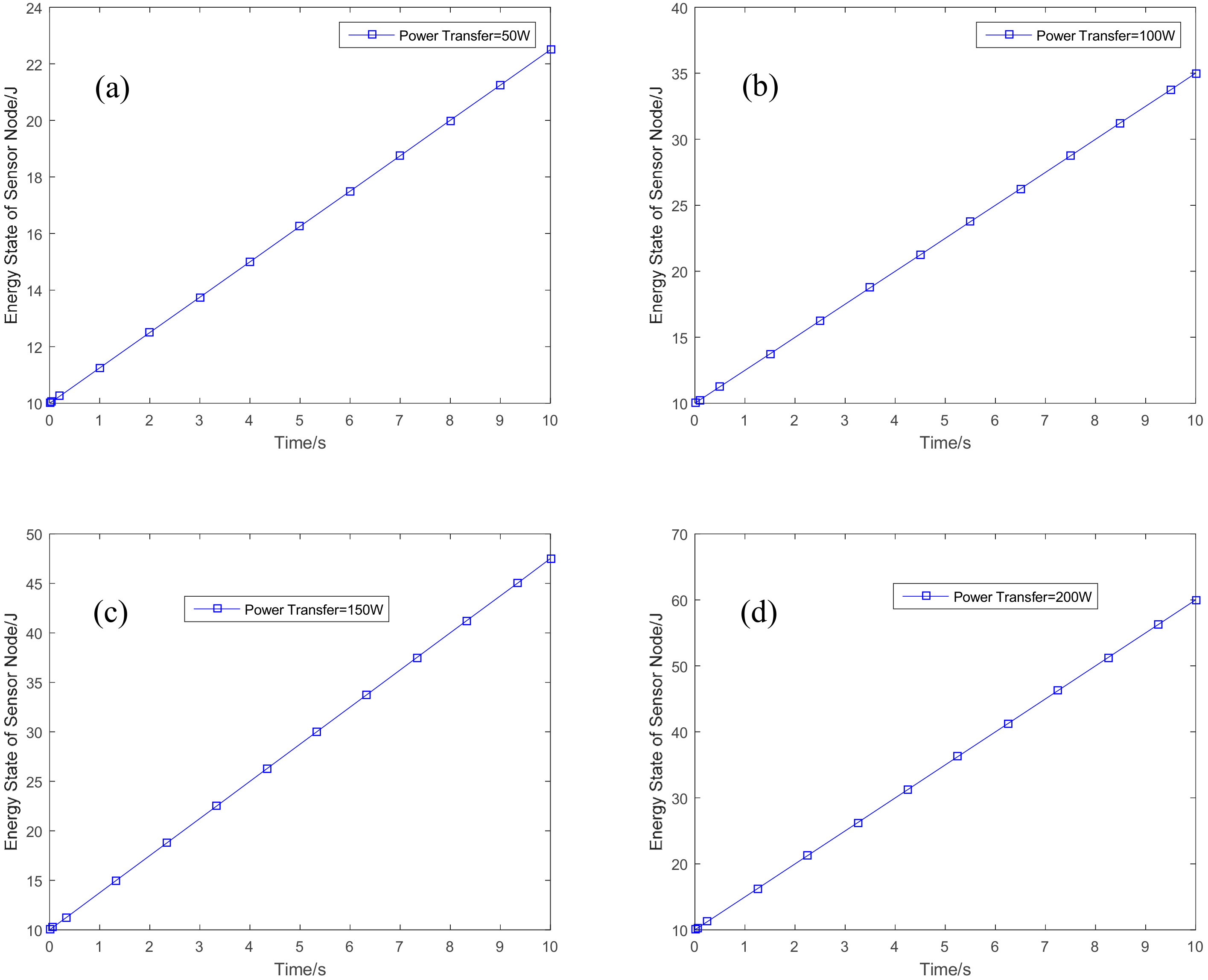
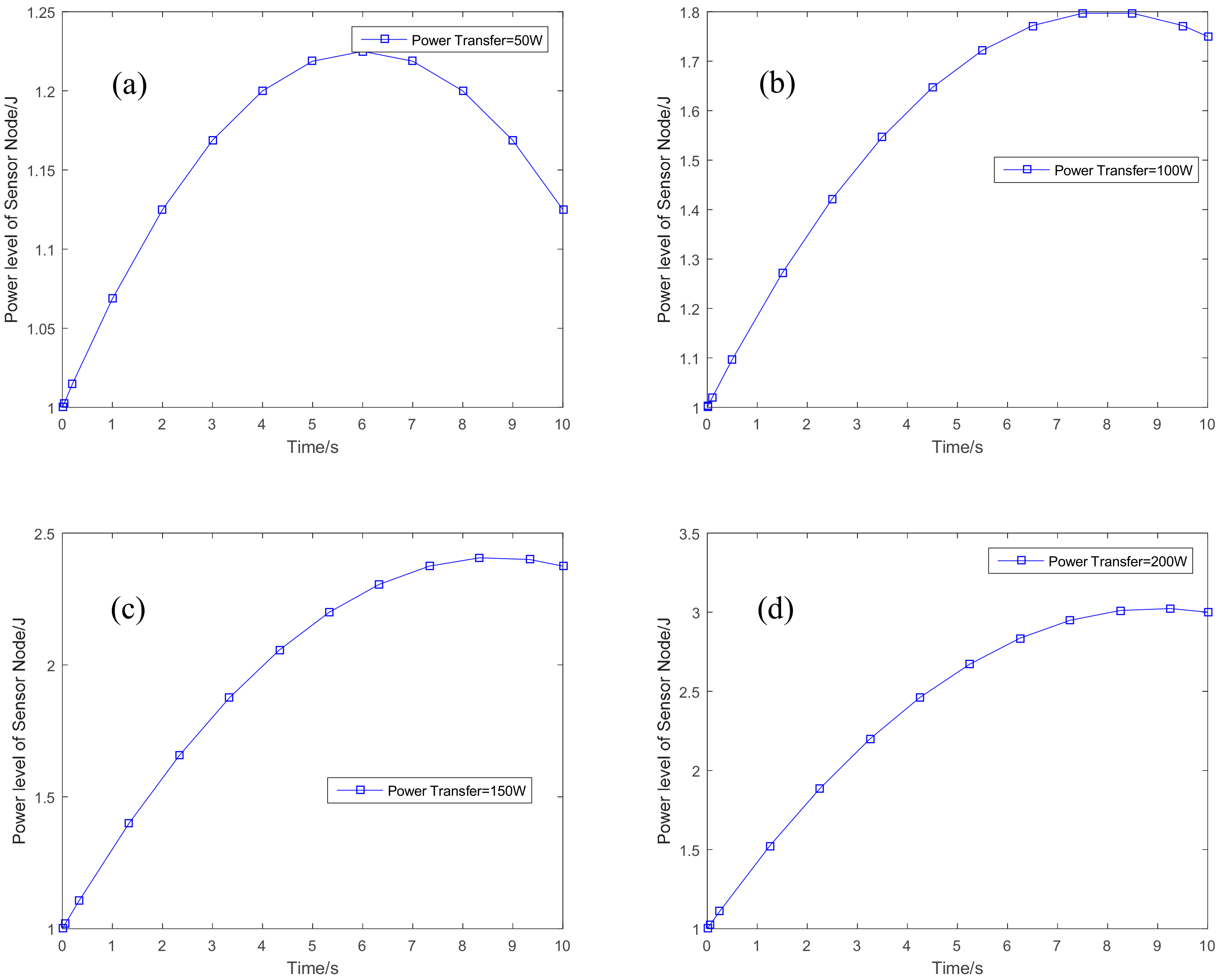
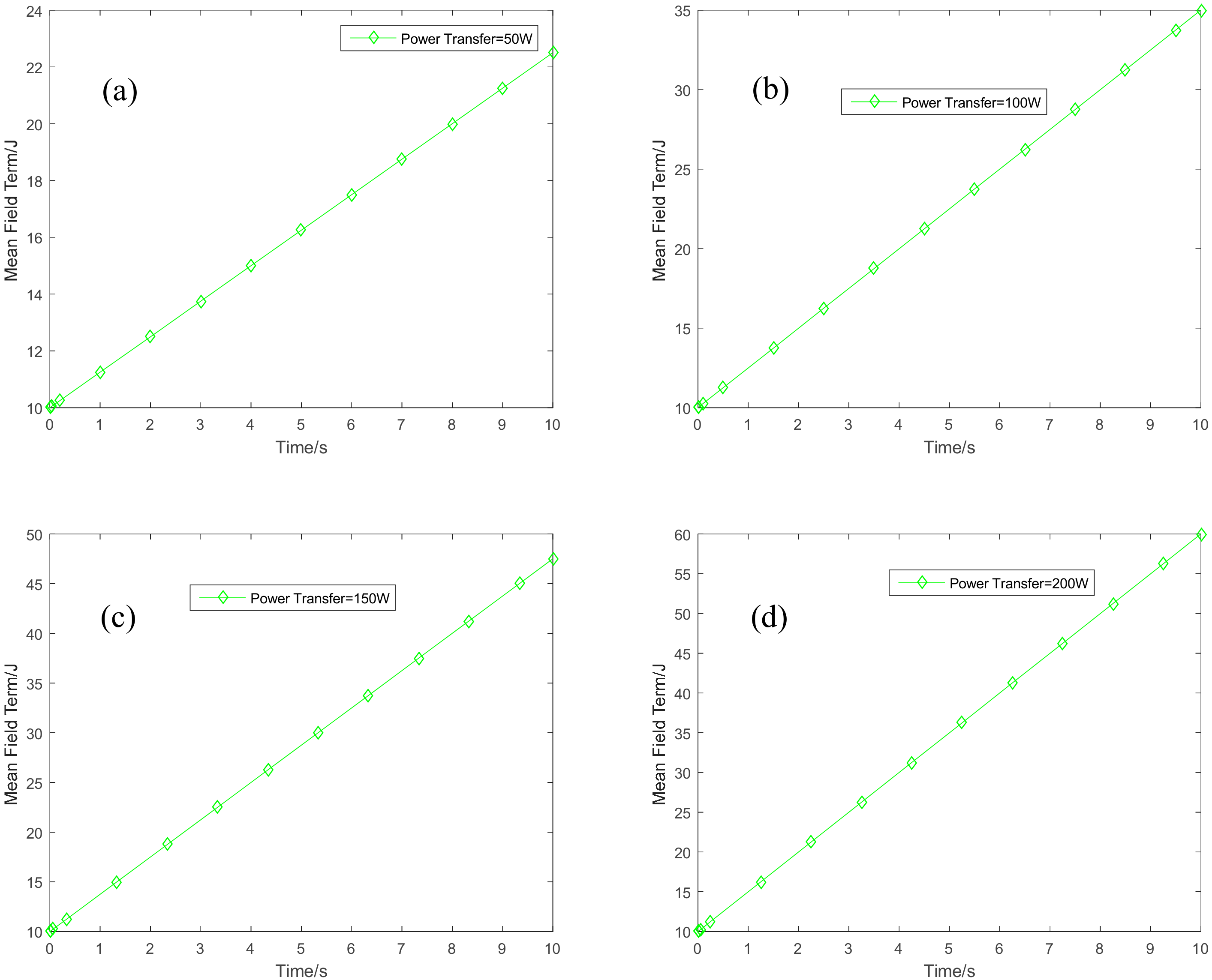
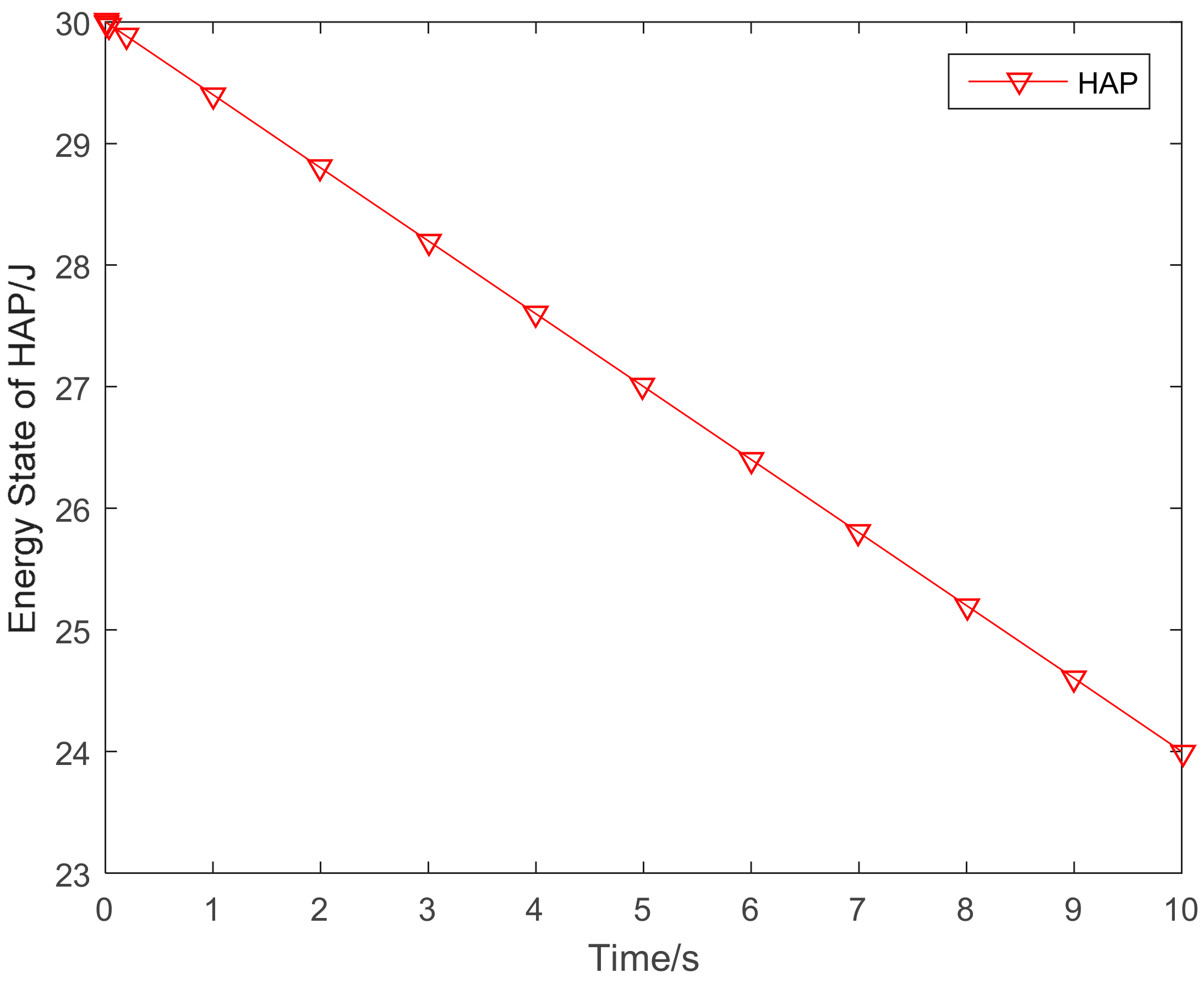
© 2018 by the authors. Licensee MDPI, Basel, Switzerland. This article is an open access article distributed under the terms and conditions of the Creative Commons Attribution (CC BY) license (http://creativecommons.org/licenses/by/4.0/).
Share and Cite
Su, J.; Xu, H.; Xin, N.; Cao, G.; Zhou, X. Resource Allocation in Wireless Powered IoT System: A Mean Field Stackelberg Game-Based Approach. Sensors 2018, 18, 3173. https://doi.org/10.3390/s18103173
Su J, Xu H, Xin N, Cao G, Zhou X. Resource Allocation in Wireless Powered IoT System: A Mean Field Stackelberg Game-Based Approach. Sensors. 2018; 18(10):3173. https://doi.org/10.3390/s18103173
Chicago/Turabian StyleSu, Jingtao, Haitao Xu, Ning Xin, Guixing Cao, and Xianwei Zhou. 2018. "Resource Allocation in Wireless Powered IoT System: A Mean Field Stackelberg Game-Based Approach" Sensors 18, no. 10: 3173. https://doi.org/10.3390/s18103173




